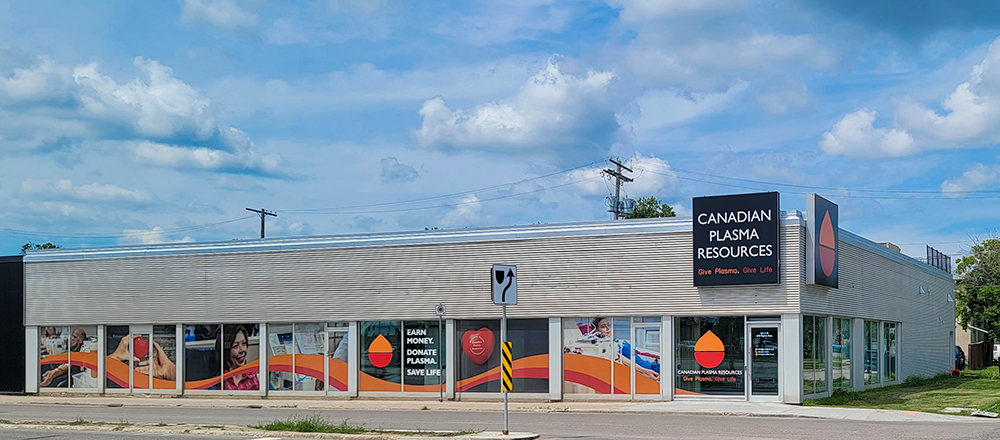The Ins and Outs of Intravenous Immunoglobulin Therapy (IVIg)
January 30, 2020

Donated source plasma, the yellowish liquid component of blood, is used exclusively to manufacture commercial drugs known as plasma products. These plasma products serve as lifesaving therapies for patients living with rare and chronic conditions. One such plasma product that is used to treat individuals that have immunodeficiency diseases is intravenous immunoglobulin therapy (IVIg).
First used in 1952 to treat primary immune deficiency diseases, a group of diseases that are characterized by compromised immune system function, intravenous immunoglobulin therapy has since become a plasma product that Canadians with immune system disorders rely on to boost their immunity and help their body fight off potentially fatal infections. Read on to learn more about the ins and outs of intravenous immunoglobulin therapy.
Conditions IVIg Can Treat
Intravenous immunoglobulin therapy is used to treat a whole host of conditions that cause a patient’s immune system to be compromised. Some of these conditions include:
- Chronic inflammatory demyelinating polyneuropathy
- Chronic lymphocytic lymphoma
- Guillain-Barre syndrome
- Immune deficiencies like immune thrombocytopenic purpura
- Kawasaki disease
- Lupus
- Myositis
- Multifocal motor neuropathy
- Neurological diseases like multiple sclerosis
- Other rare and chronic diseases
The Important Role of Plasma in IVIg
Lifesaving intravenous immunoglobulin therapy treatments would not be possible without plasma donations. Immunoglobulin is a component of blood plasma that contains important antibodies needed to fight infections and disease. To make effective immunoglobulin therapy treatments, the pooled antibodies of thousands of donors are needed since a diverse collection of antibodies better equip individuals to fight off the plethora of foreign substances their body may encounter.
Donors are thoroughly screened to ensure the plasma they are donating is healthy. Once the immunoglobulin is acquired from the blood plasma of donors it is then tested for infectious diseases and purified before it is safely administered as a therapy.
How IVIg Works
As its name suggests, intravenous immunoglobulin therapy is a form of intravenous treatment that is infused into the veins of the recipient. It is used to replace antibodies that a patient’s own immune system should be making and is usually necessary for a patient’s lifetime.
Every three to four weeks, patients living with immune system disorders need to be administered IVIg treatment to keep their immune system strong since roughly half of the infused antibodies get metabolized in this time period. Healthcare professionals use a sterile needle to access a patient’s vein then let the immunoglobulin flow from a bag into a tube in their arm for about two to four hours.
Most patients feel their best immediately after IVIg treatment as this is when the highest amount of immunoglobulin is in their body. Some side effects of this treatment may include muscle or joint aches, a mild fever, or headaches just after the infusion, though most individuals tolerate the treatment extremely well.
There you have it, everything you need to know about the wonder drug that is intravenous immunoglobulin therapy. This lifesaving plasma product has been helping people with rare conditions lead healthy and productive lives for over well over 60 years now and it will continue to do so for the foreseeable future. To donate your plasma and change the lives of patients in need for the better, book your next appointment at Canadian Plasma Resources today.









